Richard Nixon and Gerald Ford to Bucharest
In today's feature we will be taking a look at the visits of American presidents Richard Nixon and Gerald Ford to Bucharest.

Steliu Lambru, 09.09.2013, 13:02
After almost two and a half decades of bitterness, between 1945-1947 and half through the 1960s, the two military alliances and rival political — economic systems run by the US and the USSR started trying to cohabitate. Each party would try to make some diplomatic gestures and even take steps of rapprochement across the “barbwire” separating them. Ceausescu’s Romania tried to thaw relations with the USA, and the visits paid by the two US Presidents Richard Nixon and Gerald Ford in 1969 and 1975 respectively were major signals in that regard.
Mircea Carp was chief of Voice of America’s Romanian Service and accompanied the two presidents to Bucharest. Carp had been forced to flee the country after the communists came to power, helped by Soviets. He was not just an eye witness to Richard Nixon’s visit to Romania in August 1969, but saw first hand the impression that visit had on Romanian citizens, as he confessed in an interview to the Oral History Centre of the Romanian Radio Broadcasting Corporation in 1997:
Mircea Carp: “Nixon’s visit in early August 1969 was the first visit by a US President to Romania. It marked a moment of openness in the Romanian — American relations. At the same time, though, it triggered hopes among Romanians that the meeting would help solve some of the problems the country was facing. Some may have even thought of a liberation of Romania from the communist occupation. I know that two of the reviews to the book I wrote stated that the US let Romanians believe that Nixon’s visit meant something, even a significant improvement of the situation in the country. However, I can say in all certainty and regret, for that matter, that neither Nixon, the State Department nor the US Embassy to Bucharest had ever implied, in any way, that Nixon’s visit would do that. It only marked a change in the relations between the Governments in Bucharest and Washington. “
Richard Nixon was received with extreme enthusiasm in the Romanian capital. It was a mere triumph, which dictator Nicolae Ceausescu read as a sign of people’s sympathy towards himself. Mircea Carp has an explanation for Nixon’s liking Ceausescu:
Mircea Carp: “Against that background of false hope, Nixon was welcomed to Romania with huge enthusiasm. I found out later from the Romanian Foreign Ministry that some 1 million people had taken to the streets to welcome him. As for Nixon’s formal visit, the enthusiasm was extraordinary as well. The talks between him and Ceausescu, based on Nixon’s kind of liking the Romanian president, were mainly a political attempt of trying to use Romania as a springboard for improving the relations with Moscow. With all due respect, I think that the US President was naïve to imagine that Ceausescu could play that big a role in Moscow. Anyway, I know for sure that was one of the reasons of his visit. Why did Nixon like Ceausescu? After failing to become president in the race against John F. Kennedy, he had become more or less a nobody, politically speaking. When he started trying to rebuild his political profile, he paid three visits to Eastern Europe: to Warsaw, Moscow and Bucharest. In Warsaw he was received with indifference, in Moscow he was given the cold shoulder. In Bucharest, on the other hand, probably sensing something, Ceausecu unrolled the red carpet for him. And that was something that Nixon never forgot. His reception in Bucharest was probably one of the most glorious moments of publicity, not political, but publicity anyway, in his relations with the foreign world.”
Six years later Nixon’s successor Gerald Ford also visited Romania in what was seen as another success, although of a lesser magnitude of that of 1969. Here is Mircea Carp again.
Mircea Carp: “Gerald Ford returned from Warsaw where he had taken part in the summit for Security and Cooperation in Europe. He received a warm welcome in the Polish capital and so was the situation in Bucharest, though the Romanians were not so enthusiastic as in the case of his predecessor, six years before. We learnt at that time that it was Ceausescu and the then communist authorities that didn’t want so many people to take to the streets to welcome an American president, and so they kept the crowds at bay. So it appeared to be only 350 — 400 thousand people to welcome Ford, which from the communist point of view was a major achievement, but nothing extraordinary in the end. The Romanians were not very enthusiastic at that time, because in the six years that passed between the two visits, the USA proved they were not ready to get involved in the region beyond what their political agenda allowed.”
The two visits to Romania paid by Nixon and Ford in 1969 and 1974 were moves of rapprochement between the two states with diametrical opposed political-military systems. That rapprochement failed to yield the desired results as the two political regimes were completely at odds with each other.






























